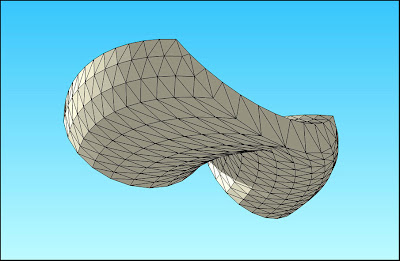
In 1971 Bobby Fischer was on the verge of becoming the World chess champion. In the U.S. interest in chess was at an all-time high and games could be found in progress at every lunch break. I had finally landed a job as an eligibility worker in San Francisco's Food Stamp program. Getting my first paycheck, I went next door to a Goodwill shop and bought an antique bone chess set for ten dollars.
I was thrilled with my purchase of the chess pieces because of their graceful design. Over the years, I have searched for clues about the origins and age of my chess set, but to no avail. The pieces are made from columns and disks of bone, turned on a lathe and threaded with tap and die for assembly. Red and white were the standard colors for chess pieces around the turn of the Century, and whale or camel bone often provided the raw material. My set exhibits the basic design simplicity that was introduced by Staunton in the late 19th Century, but the lines and proportions have a wonderful combination of strength and delicacy which I have never seen in another set.
The image above and a few others are available on the Free Wallpaper Downloads page of my web site.
Update:
I did a Google image search on "bone chess pieces" this morning and turned up an image of a set nearly identical to mine in an antiques sale listing. The context implies that the set is of American origin, though there is a good chance it is English. The red paint in the advertised set has faded, possibly from being displayed in a location too exposed to the light.

"[Item] 109, Ivory or bone chess set. Early 20th century (or earlier). [Estimated value:] $50-$150."
And then I found another image of the set on Flickr. I also found a couple ebay listings which describe the pieces as being "antique ox bone". I would still very much like to know who designed and produced the set, and when.
The chess set turned up again in an Aug. 29, 2014 photo essay in the New York Times. This time it was set up ready for a match in front of a New York psychiatrist.








